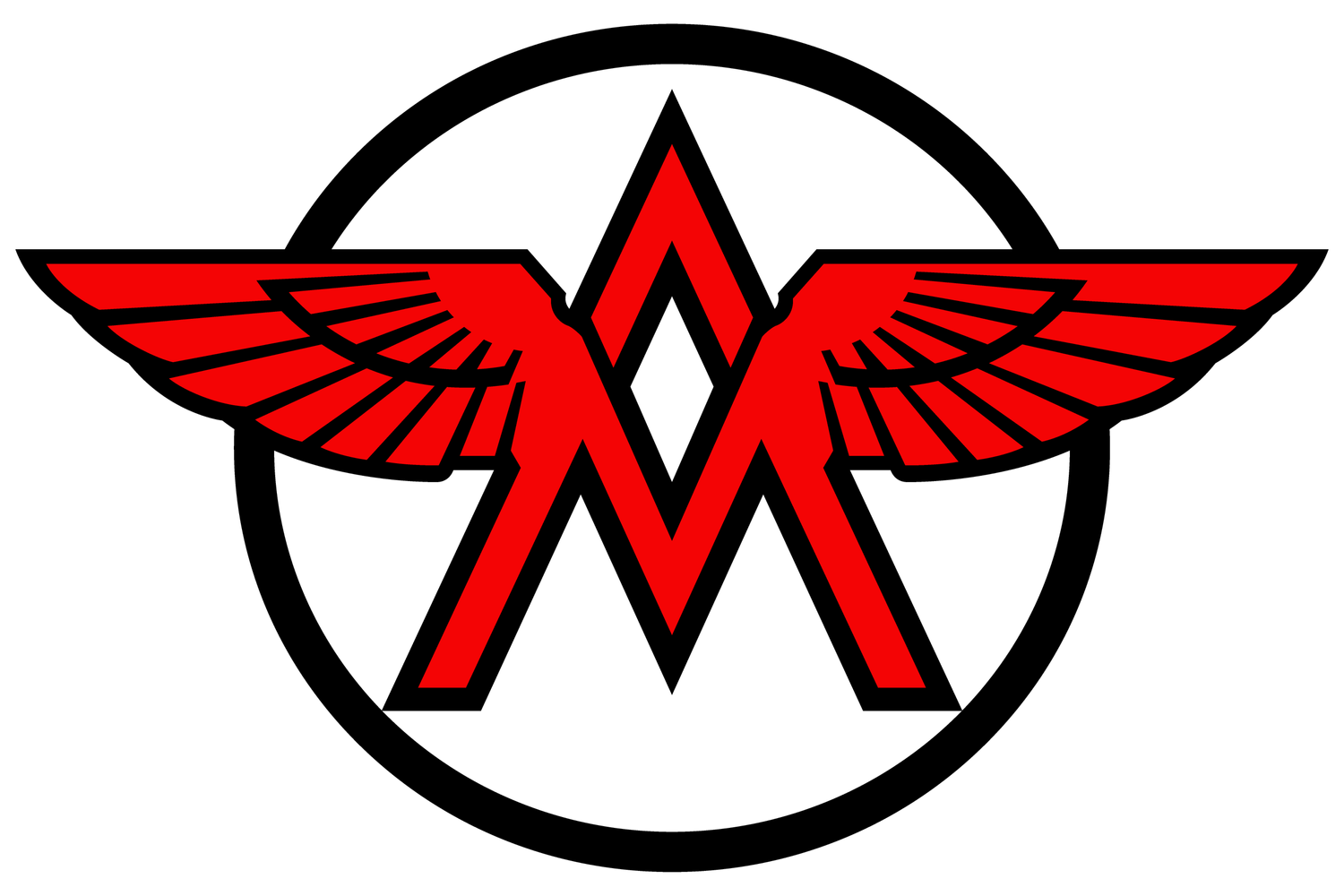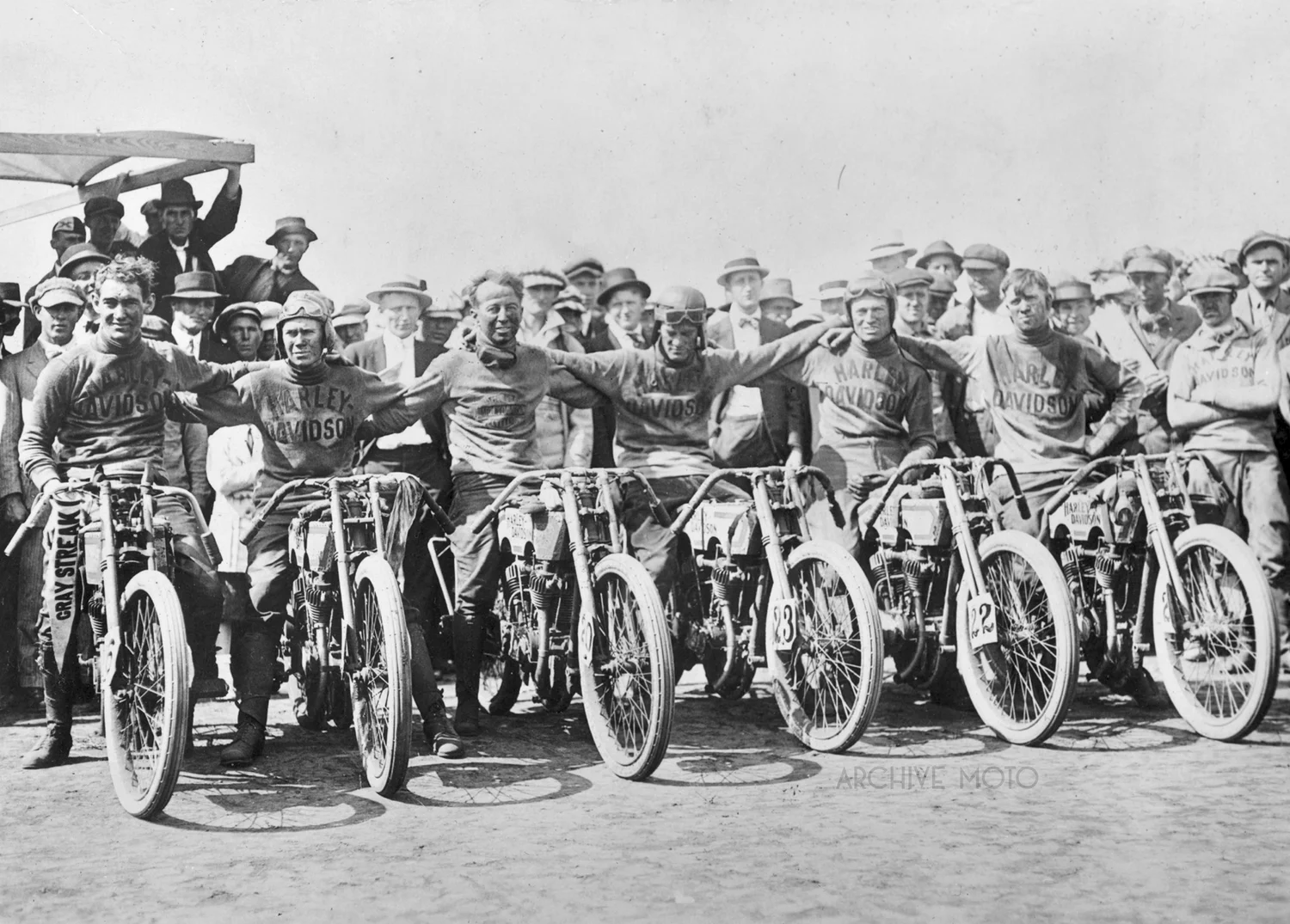Fascinations can easily get away from you once you begin digging into the details of early American motorcycle racing. Those first decades overflow with icons and legends, unique characters with unbelievable lives and undeniable grit. It is this man however, a diminutive New Mexican with a quintessentially French name that I cannot seem to keep from studying. Cleo Francis Pineau was so eager to jump balls deep into life that he dropped out of school in 6th grade, dead set on beginning his remarkable adventure. He lead a life so full that it would take a Tolkienesque effort to recount his exploits, far to much to dig into in one of my little posts, but I hope to one day get to tell his story in full.
Not only was he a pioneer of the dirt track and the motordrome, but he was also one of the earliest to thrill audiences inside attractions like the wall of death. He was a staple member of the Yellow Jackets, the competitive factory team of Flying Merkel in the early teens despite his career being interrupted at its peak by WWI. In yet another example of his continuous exceptionalism Pineau enlisted for service in the Royal Flying Corps when the war broke out and trained to be a pilot. With less than 100 flying hours under his belt he shipped out to France where, in less than a month of active combat he distinguished himself as one of the top pioneer fighter pilots in the world shooting down 6 enemy aircrafts. After becoming one of an extremely small group of American Ace’s Pineau was himself shot out of the sky only to survive and spend the remainder of the first world war in German POW camp.
He returned to the states with a chest made heavy from medals from several different countries and jumped right back into the saddle. He later became an executive representative for Indian before starting his own steel company which is still in operation today. He spent the remainder of his life being counted among the close personal friends of American aviation icons like Wiley Post, Charles Lindbergh, and Amelia Earhart. This man in the photo, Cleo Francis Pineau onboard his Flying Merkel factory racer, a blanked off OHV twin setup for the races in Toledo, OH, June, 1914, is in my opinion one of the most fascinating people in American history.





